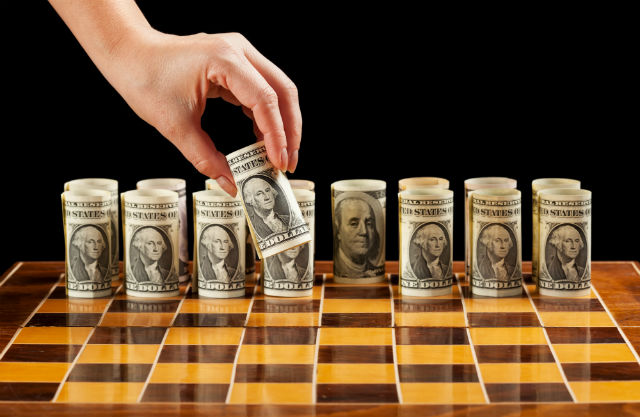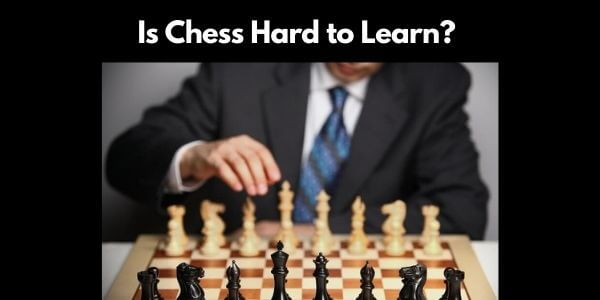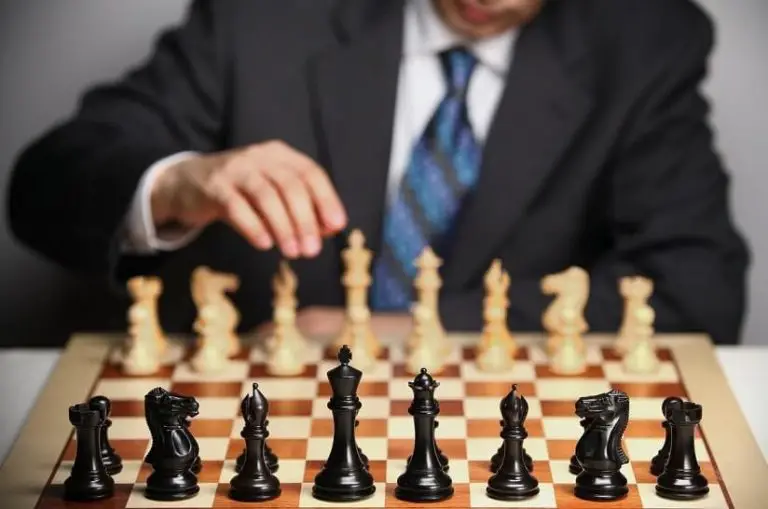Is There Good Money In Chess? (Explained!)
Chess is a recreational game, played mainly for fun, by ordinary people across the world. However, as with any popular activity, an industry was created around chess- and today, it thrives both socially and financially.
You may be wondering how, exactly, the chess industry has survived, particularly as online and virtual games have replaced the need for players to buy physical games. This is a common question and a concern for companies worldwide.
However, below we take a detailed look at how the chess industry continues to grow despite the widespread use of internet games and how sponsorship and competitive playing have led to a moneymaking business that exceeds most other board games.
This is a fascinating insight into the world of chess and how, exactly, the chess industry makes money.
The Rise of Online Chess
Contrary to popular belief, the rise of online chess games has positively affected the chess industry, and virtual play has generated more money and interest than ever before.
This is because it has introduced a new generation, largely dependent on technology, to the wonders of chess. And while yes, playing online is free- it encourages young people to pay for other chess-related merchandise. Playing online also leads many players to buy their own physical chess set and many other accessories.
Interestingly, while chess is largely an activity with no barriers and limitations, it appeals most to college graduates. According to various studies, in the United States, 21% of those with a median income of over $120,000 are regular chess players, and 78% of everyday chess players are college graduates. This means that the chess industry profits from higher earners and can therefore afford to raise the prices of sets and merchandise.
This is somewhat controversial, as chess is a game that should be available to all if nothing else because it can significantly benefit the mind and brain of those playing.
For this reason, many applaud the rise of internet chess and view it as a way to make chess more accessible to lower-income divisions. Regardless, it’s challenging to view virtual chess as detrimental to the industry, mainly when it recruits more players and makes it easier for more people to play.
The Value of Chess Sponsorships
Chess sponsors are significant contributors to the industry, despite chess competitions being not particularly widespread in mainstream media.
In chess, sponsors will give money to either Grand Masters or chess clubs in the interest of displaying their paid publicity during televised competitions or games with audiences. This is an excellent way for companies to advertise and professional chess players to profit from their passion.
Statistically, chess is second to soccer as the activity with the biggest number of competing nations worldwide.

The World Chess Organization, FIDE, has the largest number of affiliated federations- second to football giant FIFA. And as each federation must pay a membership fee, this generates a considerable amount of money.
What’s more, while this doesn’t technically fall into the bracket of paid sponsorship, many companies will pay for public appearances by Grand Masters or other high-level players.
These are companies looking to generate public interest in their club or organization and do so by paying a minimum (on average) of $10,000 to GMs. This is primarily how high-level, competitive players survive outside of matches and tournaments. Sponsorship and paid appearances are the primary sources of income for many players, and much like in other sports, provide a very satisfying salary to participants.
Chess Sets and Accessories
The chess industry makes most of its money from chess sets and chess-related merchandise. There is virtually no shortage of options available, with plastic, metal, wood, and custom boards sold by hundreds of retailers worldwide.
Chess sets are a huge part of the industry. Many novelty sets sell for hundreds if not thousands of dollars, particularly if they’re handmade or crafted from rare or unusual materials. A separate subindustry has also emerged, where chess fanatics will invest in collectible chess sets and sell them on (in the future) at a higher price.
This can prove highly profitable and has led to a niche market of buyers and sellers. This extends to the market of antique chess boards and other similarly old products that currently sell on chess-related markets for high prices.
Chess merchandise is also a big deal. Novelty chess merchandise is a significant sector in the chess industry, with chess-themed furniture and household items ranking high on the list of consumer favorites.
Considering that there are roughly 600 million regular chess players worldwide, it’s safe to assume that at least 1 million of them own chess-related memorabilia, and it’s therefore easy to see how this could generate a substantial profit for the chess industry. Many boardgames companies sell chess merchandise alongside the boards and set to appeal to this growing market.
FIDE fees – Paying for playing
While playing recreationally is free, and thanks to the rise of internet gaming, largely accessible to the general public- playing competitively can prove expensive. Interestingly, those who play competitively incur many fees when looking to receive a title, such as Women’s Grand Master or Women’s International master.
The organization behind the high prices is FIDE, which is the world’s largest chess federation. They charge participants a huge number of fees ranging from hosting fees to trainer fees, which may surprise many casual chess players. Below, we outline some of the most surprising FIDE charges that play a role in ensuring that the industry is well supported financially.
World Youth Under 14, 16, 18 Championships: It costs 10,000 Euros for a federation (who is already paying a membership fee) to host the World Youth Under 14, 16, 18 championships.
Clock testing fee: It costs 2500 Euros to apply for a clock, 200 Euros for an expert to test the clock, and a further 1000 Euro fee if the clock needs retesting.
FIDE Senior Trainer: To become a senior trainer FIDE officially endorses, you must pay 300 Euros to the federation.
World Team Championship: The entree fee for the world team championship is 1000 Euro per team.
Olympiad Bid: The federation that successfully wins the bid to host the chess championship must pay $350,000 to FIDE for the venue rights, 300,000 Euros to FIDE for the Internet rights, and 250,000 Euro more for all publicity rights. This is an addition to a 2 million Euro sum owed by the federation to FIDE after they make the winning Olympiad bid.
Chess and The Board Game Industry
Chess is categorized under ‘boardgames’, an industry with a vast and impressive market value. While board games are worth less than virtual gaming, they still play a massive role in households worldwide and therefore generate a significant profit for the industry.
Various studies suggest that board games have increasingly and consistently risen in popularity since the 1990s. A 2014 study indicated that the boardgames industry is worth $900 million in the United States alone.
If you compile the profits generated by each country and conduct a worldwide study, then you’ll see just how profitable chess and other board games are. However, there is no recent global study for reference- although, in 1991, an estimate was released that priced the international board games market at $1.2 billion.
Chess: More Than Money
Ultimately, it’s easy to see just how profitable the chess industry is. With so many players worldwide, and so many ready consumers looking to better themselves and their memorabilia collection, there are endless ways to support this industry financially.
However, while chess is a game of intellect and reason, it also seeks to educate those who may not ordinarily learn analytical or critical thinking skills in their everyday lives. Therefore, it should ideally remain as accessible as possible.
It’s hugely important to view the chess industry as an indication of the popularity of chess, as opposed to an indication of the sort of people who play chess. Just because an activity has a lot of money behind it doesn’t mean that you have to have lots of money to play it, so don’t be deterred if you aren’t wealthy- all you need to play chess is a simple board set. Alternatively, all you need is a device and a wifi connection.
This is relevant in all sports and activities, including football, which is widely played in underdeveloped countries that can’t afford to pay for expensive merchandise. And just like recreational centers and governmental schemes of underprivileged people, the opportunity to play football, away from the multibillion-dollar industry, chess federations and educators worldwide will also offer those unable to pay the chance to play.






